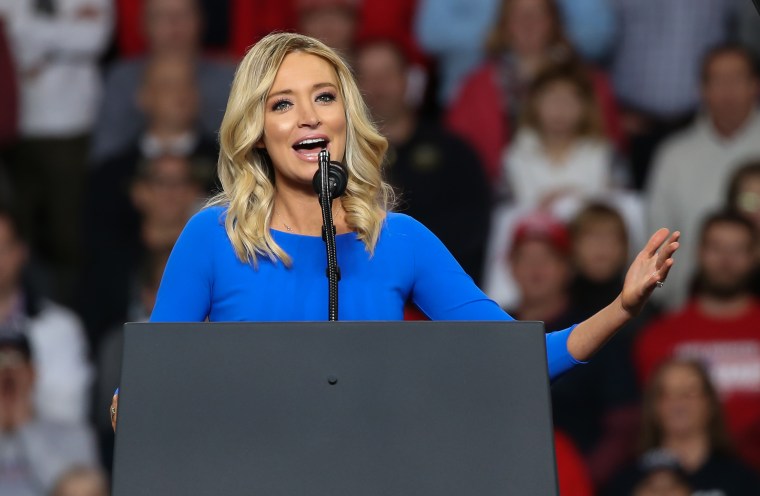As premature conversations about re-opening the country continue, there's no great mystery as to the kinds of pieces of the puzzle that need to come together. The United States needs vastly more contact tracing. And isolation centers. And expanded treatment options.
And, of course, at the heart of any solution is a vastly expanded system of testing, along with everything that comes with it: expanded availability of supplies, far more testing facilities, an army of qualified lab technicians, etc.
NBC News reported this morning, "Testing for the coronavirus would have to be at least doubled or tripled from its current levels to allow for even a partial reopening of America's economy, public health experts say, but it is unclear how soon such an ambitious goal could be reached amid persistent shortages of testing supplies and a lack of coordination from the Trump administration."
As of this week, there's ample evidence that testing levels in the U.S. are not just failing to rapidly increase, they're actually stalling.
It was against this backdrop that White House Press Secretary Kayleigh McEnany, in just her second week on the job, declared on Twitter yesterday, "Under President [Donald Trump's] leadership we have quickly developed the most expansive and accurate testing system in the world."
That's certainly one way to look at the current landscape. The other way is to notice that there is no such U.S. testing system. The Washington Post reported overnight, "There is no national testing strategy, but rather a patchwork of programs administered by states with limited federal guidance."
Governors have said one of the most important factors in making those determinations is testing data, but Trump's plan does not contain a national testing strategy. Senior administration officials said that although the federal government will try to facilitate access to tests, states and localities will be responsible for developing and administering their own testing programs.
As strategies go, this one is quite woeful. Indeed, the New York Times had a striking report this week highlighting state-based difficulties with limited access to faulty tests -- a problem compounded by supply shortages.
As eyes turn to the White House for solutions, Trump and his team are unveiling vague guidelines to states with little direction on testing regimens as a prerequisite to re-opening society -- and even less of a plan on how states could or should expand testing access.
To be sure, the new White House guidelines acknowledge the importance of testing as part of a comprehensive solution. While directing governors to act at their own discretion, the administration's "plan" -- I'm using the word loosely -- suggests to states that they can begin to re-open if they see a persistent decline in infections, coupled with effective tracing and the implementation of a reliable testing system.
But the same message to governors is that they should, in effect, figure something out on their own, because the White House doesn't intend to play a direct role.
So when the new White House press secretary points to Trump's "leadership" while declaring that "we" have "quickly developed the most expansive and accurate testing system in the world," it leads to some awkward follow-up questions, such as, "Where is this elusive 'testing system'?" and, "Who exactly is 'we'?"
